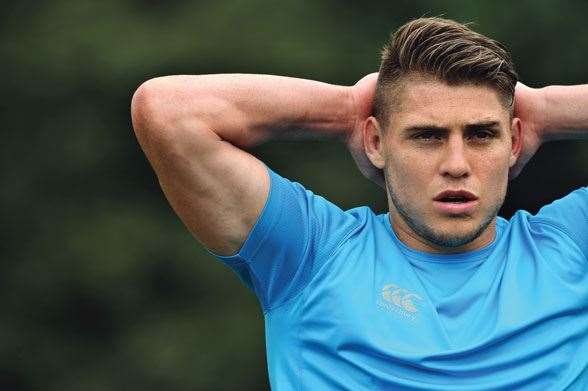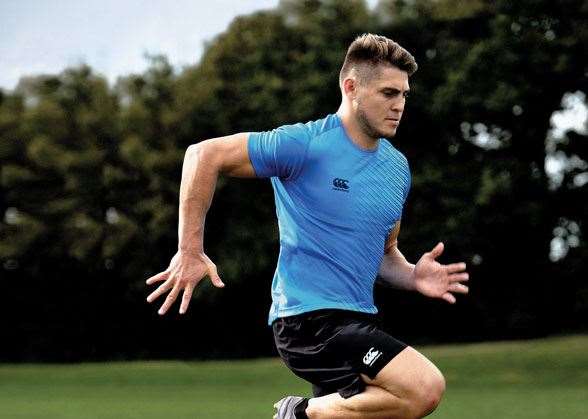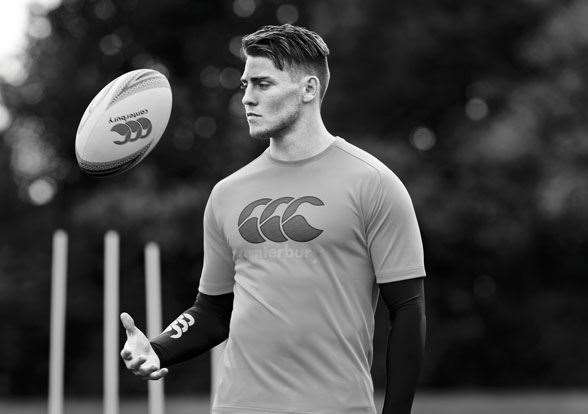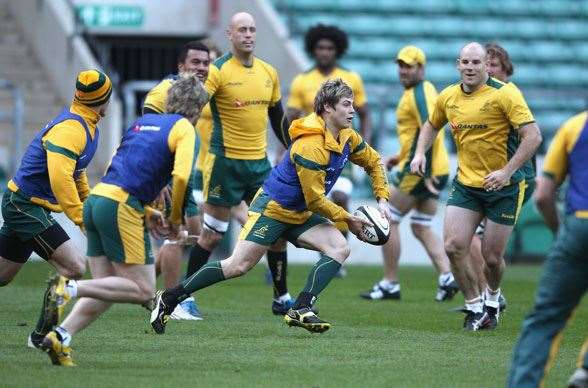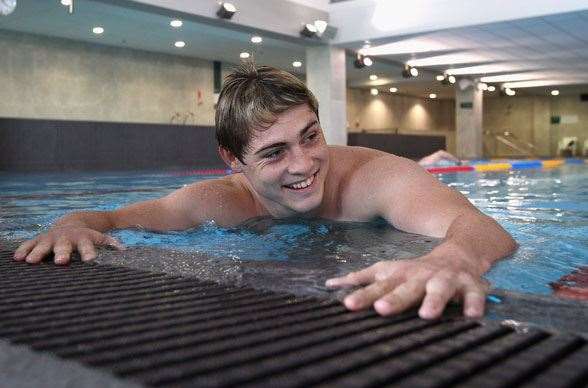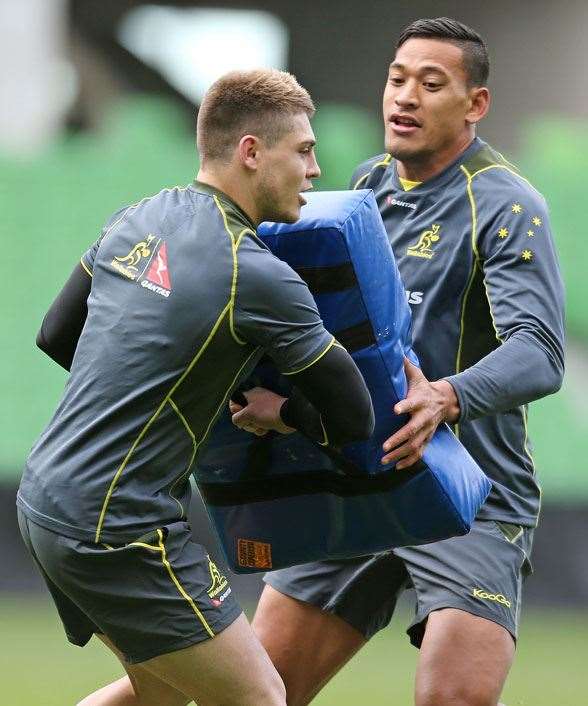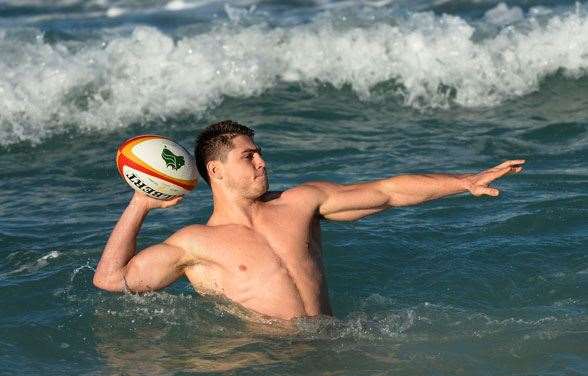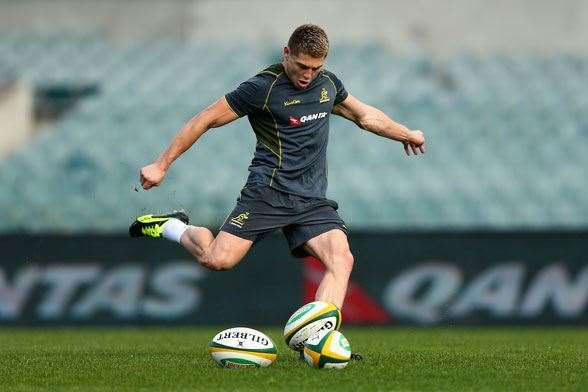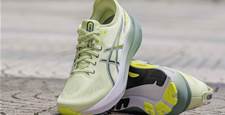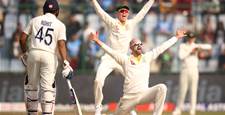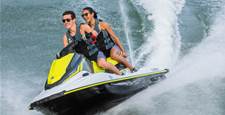Queensland Reds' new man tells us what it takes to perform at the elite level.
James O’Connor has been called a few things in his time; Gen Y “poster boy” is perhaps one of the kinder. But don’t (as they say) call him late for dinner! The 24-year-old put rugby establishment noses out of joint with some of his frolickings and gaffes in recent years, leading to a self-imposed exile of sorts playing for London Irish in 2013 in the UK and then last year for Toulon in France after management gave him a leave pass. But his pure playing ability has never been in question: O’Connor is an excitement machine on the paddock, with blistering speed, deft hands and a sound boot that extends to goalkicking duties when called for. It’s easy to forget how young he was when he got his break: he made his Super Rugby debut at age 17 and won his first gold jersey at 18, leading to him being named the Wallabies’ Rookie of the Year back in 2009. Maybe a few things came his way a little too easily as a youngster, but 18 months abroad has given him a new perspective and appreciation of his gifts, he says, and ignited a strong desire to develop them even further. This Super season, he’s back playing for his home state of Queensland, with both eyes squarely on national representative duties in this World Cup year. He’s determined to gobble up any opportunity ... and that begins in training. And at the dinner table.
VIVE LA REDS
“We had an English-based trainer at Toulon, Bobby Stridgeon, as head of fitness – he’s been the British and Irish Lions’ trainer, so he covers anything where you’re flogged in the gym; he was doing my programs. He definitely brought the top level of rugby training to Toulon. The big difference over there with my training was that we did a lot more game drills – things like one-on-one stuff with ball in hand. They also brought in a Wattbike, which was new for me. It was pretty popular. You’d do maybe 6x1Ks under 80 seconds, or we’d do 8x200s under 11 seconds. All that sort of stuff. The Wattbike definitely gets you, but you don’t get the muscle fatigue the next day. Here at the Reds the guys do a little bit of stuff on the Wattbike, but not the same volume we did – we were doing twice a week top-ups if you weren’t involved in games. There was a fair bit of emphasis on speed training at Toulon, but there were specific programs for each player. Everything was sort of like squats to box jumps and maybe hops, then after a session maybe sled pull, then 30 minutes of sprints. What I found good over there, I’m a speed athlete, that’s what my focus is, and it wasn’t just like a gym program – do this, this is for everyone. We really got to tailor it to each person, which was pretty cool. I guess they have the time and the amount of staff, so each player had a different session and different goals and different areas of their game to work on. And they just have the pull and the time to get the program right for you and tweak it weekly, if need be. They were very well-resourced – obviously their budget is a fair bit bigger.”
RED FACES
“It’s been great to get back among some familiar faces. I’ve played against a lot of these guys at the Reds a fair few times – though probably more so on the losing end! I’ve also played with a few of them at the top level with the Wallabies as well. It’s good to see some of the new guys come through, the enthusiasm they’re bringing. They’re around that 19-20 age group – I’m not the young pup in the team anymore. I think the average age at Toulon was 30, whereas here it’s probably 22-23. Watching how the guys interact at training is very enjoyable. I guess some of these guys do look up to me. That sort of comes with age and how long you’ve been around. I was lucky to start when I was 17, so I have eight years under my belt. It does put it into perspective – I’m 24 now. But for me personally, I’d rather not put myself into a leadership role – I’d rather show what I can do through my actions. When I was younger I learned a lot from other guys at training, so as soon as I was in a position to help other guys with their game, I started doing that when I was about 21. So it’s not too much of a shift. There are still some old heads in the team, which is good. It’s been very positive. I had great experiences while playing overseas and it was probably the best thing for me. I worked very hard in a lot of different areas, trying to take my game to the next level. So I’ve come back to Australia with a fresh approach. Obviously a gold jersey is the dream this year. Every professional sportsperson wants to play for their country. It’s great to be home and I really want to get stuck in. It’s been pretty easy to settle back in with the Reds.”
ALL IN A WEEK’S WORK
“Monday morning pre-season we would start at about 7 o’clock. We do half an hour of rehab and warm-up – then we’ll go into a gym session from 7.30 to 8.30. We normally do upper-lower twice a week and then a power session once a week. But you can tweak it – you might be in a strength phase so you might do an upper body pump session. I’m trying to build speed as well so it might be a lower session. We then have breakfast from 8.30 to 9. Then we go into units from 9 to 9.45 – just the backs, talking through the different shapes and what we do out on the field, probably only at 50-75 percent. It’s more just learning detail and running lines. Then around 10 we usually have a break until about 2 o’clock. About 2.30 you might do yoga. Everyone comes in to do strapping – that might be 2.30 to 3.30. I don’t have to get anything strapped so I don’t have to come in till about 3.30. Then 3.30 we have a team meeting about what we’re going to do in a session, some more strategy stuff. At 4 o’clock we’re on the field till about 5.30, training as a team – any sort of skills. Monday we usually do a bit of contact as well. And then 5.30 to 6 is usually just recovery – ice baths, stretch if you want, whatever your routine is. On Tuesday you follow a similar program except backs wouldn’t have yoga – we’ll have that off and it’ll be an upper session. Wednesday we come in for a walkthrough from 8 to 8.30, then from 8.30 till 12 you’ve got a stretch session, physio or yoga – at allocated times. So you can have breakfast in between. Everyone’s allocated a time so you get half an hour stretching, half an hour physio, 45 minutes of massage. This is when you can do some extras, so kickers might do a good 45-minute session. If you want a bit of speed top-up as well, you might do maybe 15 minutes of speed. Then you finish by about lunch time. Thursday and Friday are similar to Monday and Tuesday. Then Saturday is for kicking and a top-up session of, say, power, or you might do a full body pump or something like that for about 45 minutes in the gym. You might do another speed top-up, or you might do some kicking as well. We get Sunday off. During the season we don’t need another top-up block – it’s more just related to recovery, so more swimming and walk-through sessions. So you might only do one session on the field a day on your legs. You still try to get through about three gym sessions, but just one upper, one lower and then a power. It’s quite full-on. Plus there are a few other meetings in there, too. Maybe not rugby-related, but probably another hour’s meetings thrown in there. So yeah, it’s a full-time job!”
SOLO
“I do my own kicking practice away from the team. Plus I do my own sort of yoga stuff away from the squad – I’ve got my own corner set up at home so I can go through my rehab stuff, stretching, yoga. That’s where I do all my hamstring rehabilitation, a bit of shoulder work. That probably takes about an hour a day every second day. You can do it in front of the TV. I use to do a fair bit of diaphragm breathing, but most of the yoga I do now is around injury prevention – working on the stabilising muscles. I have a teacher in the UK who’s been doing it for about 20 years and has combined about four different yoga styles to create their own technique. I mostly use the recovery or rehabilitation stuff – it might be long holds, depending on how I’m feeling that day and how my body is reacting. I find it really helps. Yeah, some people think only girls do Pilates and yoga, but I see massive benefits, especially if you’ve got a good core and your muscles are flexible. You can move faster and lift longer. Relaxation is a part of it, but I’m not at that level where my subconscious overtakes my conscious thought. I just focus on my breathing. I’ve done meditation stuff before but when I’m doing exercises it’s pretty hard for me to switch off.”
FUN AND GAMES
“We’re not really allowed to play other sports. I’ll always take a footy down the beach. One thing I really enjoy is stand-up paddleboarding. I’ve got a couple of boards at home on the Gold Coast. If I have a day off it’s a good way to start the day or finish it. I can paddle out in front of my house on the Broadwater, or we’ll do a paddle across to Stradbroke Island. It’s great.”
DOWN THE HATCH
“I probably shouldn’t eat as much as I do, but I love my food. Mostly you’re just trying to eat clean. I try not to have anything deep-fried. I’m pretty lucky because my girlfriend does most of the cooking. It was a little bit hard to eat as clean as I’d like over in France. They’re not as open about organic stuff. Proportions are the big thing for me because I can tend to over-eat. So having five-to-six steady meals a day is better for me in terms of portion size; I prefer smaller portions more often. Hydrating is another big thing I’ve learnt – the water intake around meals. I try not to drink too much when I’m eating, more having your full retention before and after. The big thing for me is that when I was young I didn’t really enjoy my vegetables, so getting in my greens is a big thing. A big change has been getting introduced to kale and spinach and other super foods. I’ll have a shake for breakfast: I’ll put in some kefir, which has active antibodies; it’s got maybe a trillion in a teaspoon. It’s ridiculous: good for your stomach and it helps with your pH. It balances the acidity in your body and helps with your digestion. I’ll have kale, spinach, broccoli, I’ll put in some blueberries and banana, and then a scoop of protein. But then I’ll also add maca powder, chlorella and cacao; cacao is like raw chocolate before they put any sweetener into it ‒ it’s good for blood flow and regulates water retention. I might also put in chia seeds. And then you get all of that into you. Sometimes you finish the day with one but you don’t put the fruits in there for the energy. For breakfast I’d have two bits of rye toast with avocado and poached eggs. Lunch is usually pretty clean as well, though I try to stay away from pastas and substitute brown rice. I’m a big fruit eater – I enjoy two pieces of fruit like an apple or another banana later in the afternoon. But you can snack on raw stuff. At home we’ve got a container with raw almonds, plus any other nuts you can find.”
WEIGHT’S RIGHT
“When I first started playing my problem was keeping weight on. But now I’ve found my optimum playing weight and I can stay at that pretty comfortably. If I don’t train for a few weeks I might drop a kilo or so, but then if I’m not training my food intake will naturally drop because I don’t get as hungry because I’m not burning as many calories.”
MIND MATTERS
“I’ve never had to worry about motivating myself to play. I love rugby. I play it because I enjoy it. Obviously it’s a bonus that it’s a professional sport, but I’ve always loved it. Sometimes you have to get yourself up for training, but you’d be lucky to find anyone who didn’t have to get themselves up for at least one training session a week. The big thing for me is making sure I don’t take short cuts. I literally tell myself, ‘You put the hard work in at the start of the week, you get through one session at a time, you set yourself up so you don’t have to worry about anything else going into a game.’ Physically you’re there, you’ve done your mental training in terms of your revision, you’ve gone over the skills, you’ve worked on them, you’ve done all your reps and kicking this week, you’ve done them well, you’re physically and mentally ready to play. I literally keep myself relaxed. I try to have fun. I try to emulate any other training session. If you go into a game with a different mentality . . . sometimes I’ve been too nervous and haven’t done some of the things that I would’ve liked to or know I can do. I’ve found myself in situations where I go, ‘Why didn’t I just do what I would normally do there?’ Obviously there’s always going to be more external pressures when you’re playing, but I like to get into that state when you’re playing where you’re literally not thinking about things. I try to do that just by relaxing and making sure I’m in a calm state before a game. Maybe the forwards have to be more psyched up for physical confrontations than I am. For me, it’s more about assessing a situation and trying to pick the right option instead of always just bashing someone. I can’t bash too many people on the field. I’ve got to use my speed.”
By Graem Sims
Related Articles

How to train like rugby star James O'Connor
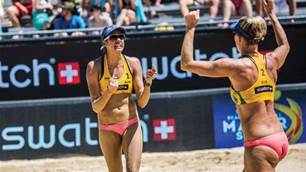
How Australia's beach volleyball women train

